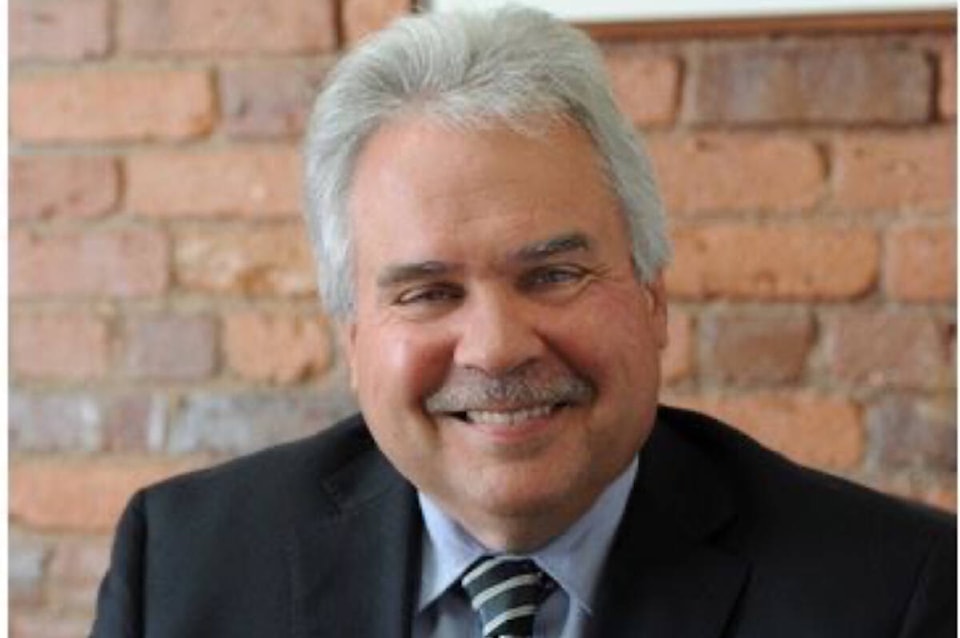As Saanich School District 63 looks back on an impressive year - filled with accomplishments and student redevelopment - they keep their eye on the future and what goals are important for the new year.
With new members revitalizing the school board, chair Timothy Dunford said he is looking forward to 2023 and is proud of the things accomplished in the last term.
High on that list is the passing of the new strategic plan in March that will be in place until 2027 and address literacy, Indigenous learner success, mental health, wellness and global citizenship.
“The process and the plan are a little different from what we’ve seen in the past,” he said. “I think the process of strategic plans, generally, is evolving, so there was huge community consultation. First there was data and then there was consultation with staff and parents, indigenous community, the community generally and students. So it was a very involved process. It’s been well-received, it’s highly visible in the district and people seem appreciative of it.”
While approval of the plan was a huge achievement for 2022, the real results of the goals outlined in it and the processes put in place will take a few years to really shine. Dunford said periodic reports from teachers and staff will keep the board updated on the plan’s success.
With that in the wings, Dunford said he is also proud of the policy review the board finished this year.
“In Saanich, we had well over 100 policies and we went through a process that took a couple of years to distill them down to avoid redundancy and overlapping and any ambiguity,” he said.
While finishing both the policy review and passing the strategic plan were important and necessary things that will help the district run more smoothly and continue to improve, Dunford said recovering from COVID was challenging and this year saw his district come out of the other side.
In a state of constant adjustment that COVID brought to the world, students and staff in the District of Saanich saw closures, remote learning and distancing and mask mandates that made learning and growth particularly difficult.
This past year brought the return of normal for many school processes and with much of that behind them, the board can focus on keeping up with other things such as enrollment and funding.
“It (COVID) is still around and we have other strains that are challenging us in terms of absenteeism, but it’s nice to come out of that and get more predictability,” Dunford said. “Then, our enrolment as we came out of that, is pretty stable. We had a slight increase in elementary in 2022 and we are just hovering under 8000 full-time equivalent students.”
New board members also brought good change to the district, with close ties to public education.
“In the election we had a new board, four trustees of the seven were returned so we have experience on the board, three are new but all seven have involvement in public education, through either teaching or administration or in my case, parenting. I’m very happy, I think it’s a good board.”
The priorities of the new board will be to fully implement and operationalize their strategic plan, while also trying to address the difficulties placed on the district by inflationary pressures.
Inflationary costs such as increased fuel costs, benefit premiums and material costs have not been addressed in the provincial grants that fund public schools, but they account for nearly $1.3 million this term Dunford said.
Building on current actions, such as urging the Ministry of Education to provide relief for these costs will be important in making sure student programs and services are not cut.
Similarly, Dunford said the increased cost of living on the island in general is causing some issues that, as one of the largest employers on Vancouver Island, the district has to monitor.
“I would also suggest that recruitment and retention of staff is an issue that we all want to keep an eye on, particularly here on the lower Island,” he said. “Most of the province is experiencing this but particularly on the island and lower main-land, young people can’t afford to get into homes. There is a scarcity of homes to rent and buy and that effects where people are going to live and work and we worry about that.”
With the list long with things to improve and look forward to, Dunford reflects on the quality of those who work in the school district and the good relationships he feels have been built in the past year.
“We have really good people working for us, executive staff and admin, our relationships with teachers and parents are good and we want to continue to foster those.”
Finally, as one of the many districts struggling with indigenous graduation rates, new processes will hopefully improve the success of all learners, which Dunford feels is the mandate of the school board.
“Success implies success for vulnerable students too and I think public education now is, quite rightly, trying to address the needs of everybody, and that makes it far more complex, but we’re hoping to get to that,” he said. “I think it’s important for all boards and trustees to focus on their central task, which is improving student success”



